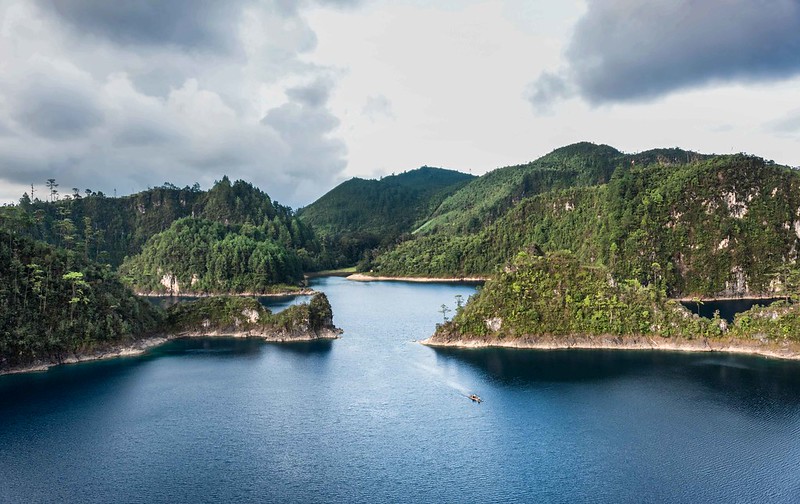Mexico is a megadiverse country. Together with Brazil, both represent the richest territories in Latin America and the Caribbean region in terms of ecosystems. About a third of the country’s surface area (approximately 2 million square kilometers) is covered by forests and jungles, and it is conservatively estimated that there are about 200,000 species in its territory.
Unfortunately, like other nations privileged by natural resources, this enormous wealth is subject to a number of continuous and growing threats. Illegal logging, forest fires and the advance of the rural and urban frontier into natural areas have been common themes in the loss and degradation of hundreds of thousands of hectares each year in the country.
It is worth mentioning that the lack of interest in policies to promote agricultural production and the forestry sector since the late 1980s has led to the abandonment of forested areas and, to some extent, slowed deforestation. However, this also opened the land to other possible uses such as extensive cattle ranching and narcotics trafficking [3].
When all these activities show their undesirable side, the easiest and most comfortable position is to blame the impoverished. “They are the ones who burn,” “they are the ones who cut down those trees,” “they ignore the consequences,”… “they are the problem”.
– Who are they?
Mexico’s forest areas are home to some 12 million people -almost 10% of the country’s total- most of whom live in conditions of extreme poverty, defined as having 3 or more deficiencies in terms of food, health, education, housing space and services, or social security. This is a situation so stark that even if these people used all their income to feed themselves, they would not be able to receive the nutrients necessary for a healthy life.
They are the result of centuries of entrenched, unrecognized classism fostered politically and socially, which places them at a disadvantage, time and time again [6]. These people are usually the first link in the production of Mexican forests and fields.
In the age of heavy industry in which large megacorporations dominate the economy, these locals find themselves in desperate need of employment. As such, they become active participants in this system that is slowly destroying their habitat.
Final reflections
It should be emphasized that, in spite of their participation in destructive practices of the habitat, local residents demonstrate a greater connection with the land and its natural resources than outsiders who set up large scale industry. With this connection to the land comes a greater awareness in its care. Thus, policies that emphasize the value of traditional uses, local knowledge, and recognition, with participatory societies that grant autonomy in production and trade and that ensure the improvement of the local people’s quality of life are needed.
For the time being, as a society, perhaps we should stop looking at this first link in the field in a discriminatory way. Remember that they only respond to our demands and fashions, and that in the end, we all contribute to the reality we have or want to have.
Main image by Rod Waddington vía Flickr- Creative Commons (CC BY-SA 2.0).
About the Author
Laura Gómez (San Luis Potosí, Mexico -1984) is an engineer in Environmental Biotechnology with a Master’s degree in Sustainable Development Sciences. Much of her career has been dedicated to research and consulting on issues of environmental conservation, ecology and sustainability, with a special focus on the creation and adaptation of content with different approaches and readers; an area that constantly challenges her, but that she always enjoys. She has worked in the public and private sectors and, nowadays, also as a freelancer. In other facets, she is also attracted to the creation of visual material (mainly scientific/naturalistic illustration) for the transmission of knowledge and to generate awareness in these topics, an area she is learning and hopes to share soon in a public space.

